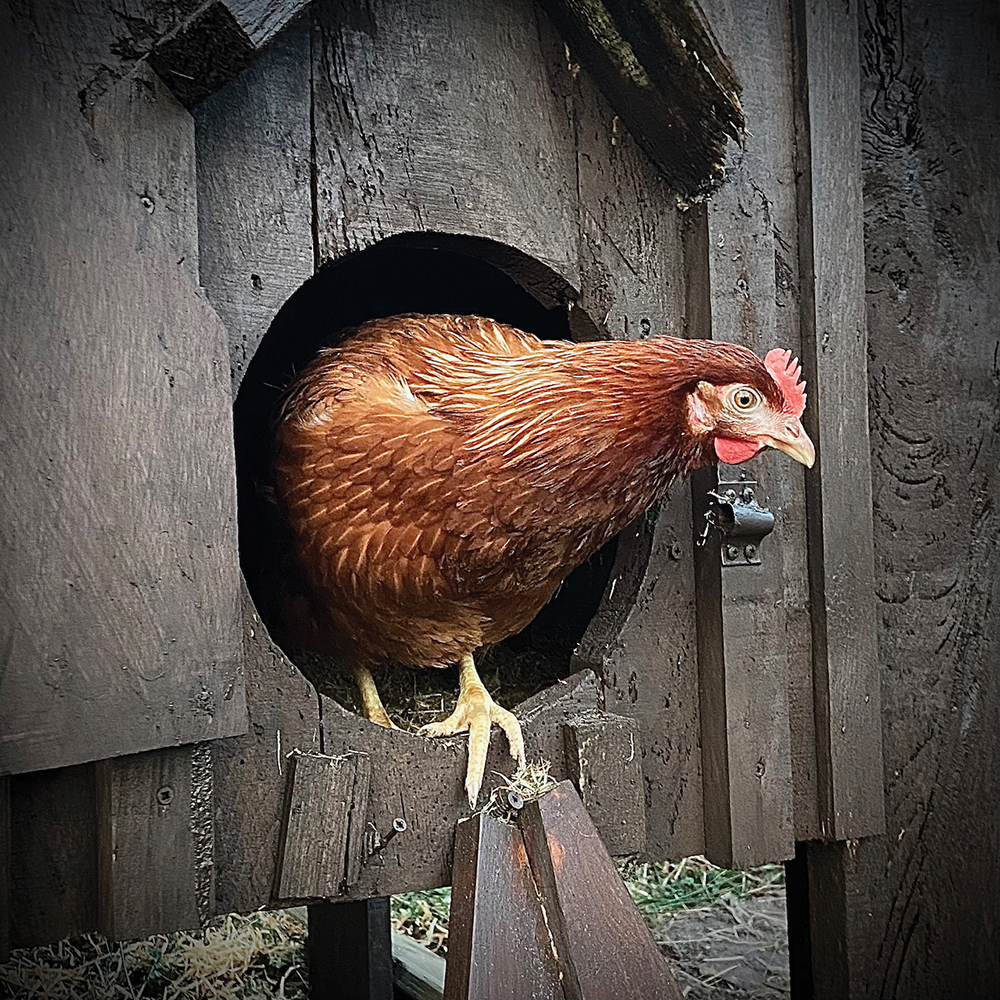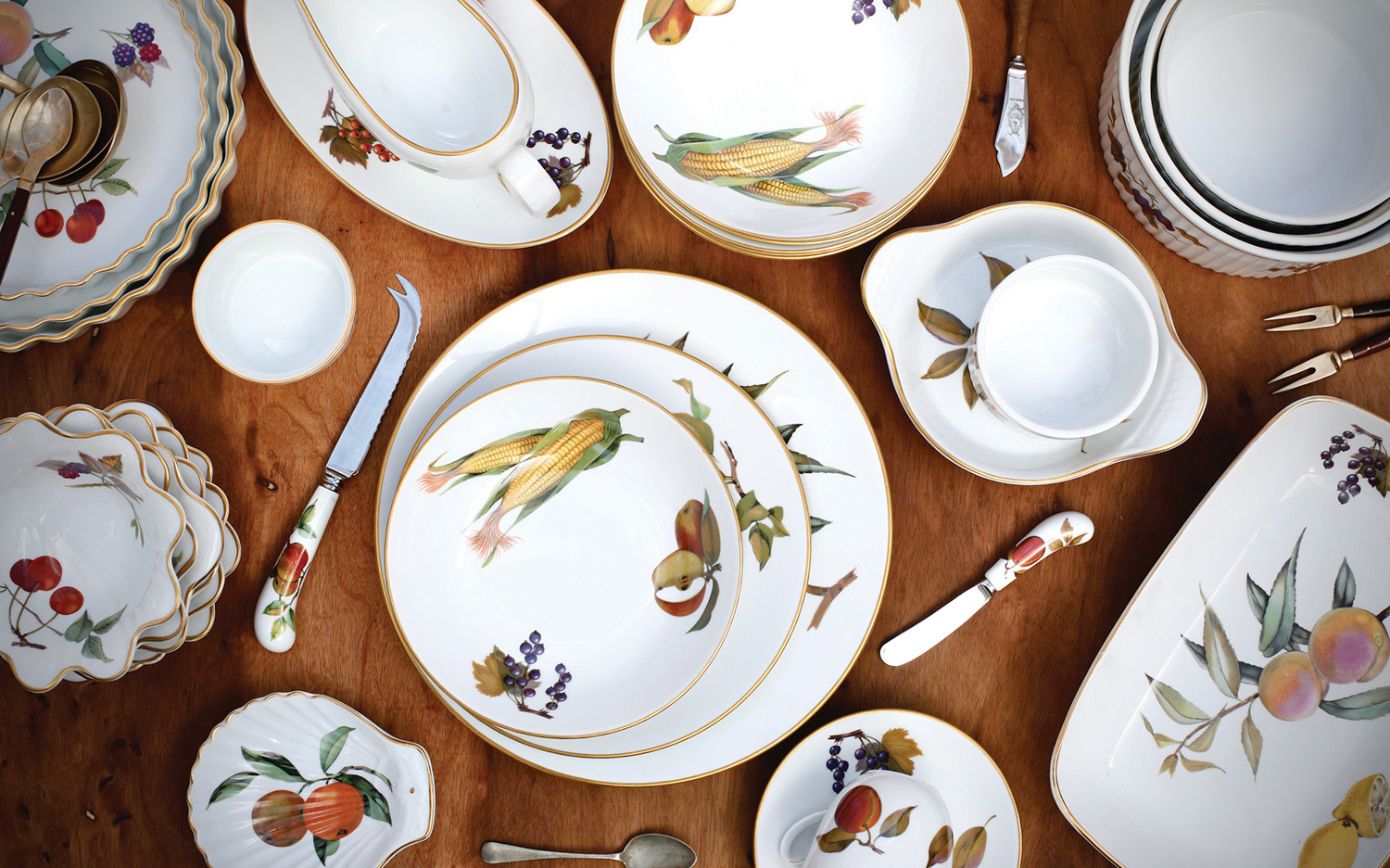When writer Amanda Geard bought a new house with contents included, the anguish of the sorting process almost got the better of her. Almost …
A PERFECT STORM
There are few things as painfully symptomatic of the modern age as “clutter”. Mass-production, globalisation and the terrifying versatility of plastic have driven down the cost of many consumer goods, exposing the inner magpie in us all (central aisle, anyone?). Under these circumstances, is it any wonder that piles of superfluous objects have grown around us, closing in while our backs are turned, like the mist in a Stephen King novel? The struggle is so real it has spawned modern day mess-messiahs like Marie Kondo, who have built (highly lucrative) careers based entirely on what my mum would call “a bit of tidying up”.
Locked in a constant battle against a rising tide of “stuff”, life delights in throwing the occasional curve-ball, and downsizing is a classic. If you think your home is overflowing, try moving to one half the size. What about inheriting a houseful of someone else’s clutter to add to your own?
What about both at once?
LOCKDOWN RELOCATION
Last February, when everyone else stayed put, we moved house. Not a very convenient time to relocate as it happened, but needs must, and we crept clandestinely out of our own parish and into the neighbouring one; 15 loads in a rental van winding precariously along icy Kerry roads (sure, why bother with grit when we’re all in lockdown?). The single guard we met waved us through each lap of the circuit with a look of pure pity.
We downsized, via a probate sale, to a house that had stood empty for a couple of years. With no family in the country, the previous owner’s belongings were – aside from personal artefacts – more or less intact and the seller, a distant relation in the UK, had neither the opportunity nor the inclination to remove them. “Contents included” wasn’t a sales pitch, it was a condition, and we were left with crockery, pictures, furniture and a nagging sense of guilt about the mawkishness of pawing through items that felt very much as though they still belonged to someone else.
Try as we might, the Great Declutter of 2021 overwhelmed us. And little wonder. Across the pond, experts believe that the average American home contains 300,000 items, and I discover Ireland isn’t far behind. “I’d say we’re getting close to that number,” author and sustainable decluttering consultant Emma Gleeson tells me. And she should know. Emma’s bestselling book Stuff Happens! teaches us how to break free from our attachment to things. “We’re surrounded by extremely cheap and disposable goods at every turn and it can be difficult to stem the flow arriving in the house.” We’re chatting away on Instagram, where I have been scrolling enviously through minimalist home feeds, wondering where these influencers actually live (it can’t be in these empty, white rooms, can it? Can it?) and I’m curious about the supposed Shangri-La of a clutter-free life.
WHAT WE DID
A year after moving, we’re still battling our way through The Stuff. True, twelve months ago we had the perfect excuse: couldn’t get a skip, charity shops were closed; and visiting DoneDealers had the potential to bring with them more than just a hawkish eye for a bargain.
If I’m honest, though, I know that my inability to clear out the clutter wasn’t only related to Covid. I constantly found myself wondering how I might repurpose the unexpected bounty. Could this print frame be reused with a photo? I’ll keep it. That wooden garden chair repaired with a little of TLC? Perfect use for the half tin of teak oil I found in the shed. The coffee table shabby chic-ed with a pot of fancy paint? How hard can it be? There was, too, a certain irony about moving into a house with enough crockery to throw a 20-person dinner party bang in the middle of lockdown. The plates (four sizes) matched the soufflé dishes (not to be confused with the ramekins), which also matched the coffee pots (plural) and quiche dishes (multifarious). They were adorned with floral print and gold-rimmed edges – the kind of tableware that looked suspiciously unsuitable for the dishwasher – and as I turned each piece over in my hands, I imagined in great detail the events the set must have seen. Was it a wedding present, perhaps? Or inherited from a relation? In no time at all the crockery came to life, and consequently I just couldn’t sell it. What if the buyer split the set? I tried to give it to friends of the previous owners, desperate to palm off the responsibly of deciding what to do with something that might, or might not, have had the sentimental value I imagined. But I had no luck, and the elaborate tableware, and all its secret histories, stayed hidden away in a box.
Decluttering our own belongings is tough enough, but when you end up with an unexpected trove, every thing has a potential future somewhere in your life.
One of the many things we were on the fence about, so to speak, was the chicken run; it resembled Fort Knox and really had to go. The site it commandeered was the perfect, sunny location for a few raised beds and my husband and I circled the coop plotting a demolition, but at the very moment the wire cutters made contact, a neighbour’s rooster crowed heartily and we looked at each other, paused, and I put down the pickaxe. “But, what if …” was all I said.
The pattern of delayed decisions continued as I was gripped by a terrible sense of responsibility to reuse/reduce/recycle items that seemed to have boundless potential, and Emma tells me it’s natural, that the Irish have a history of saving things and a great nose for frugality. “It’s a mindset that’s environmentally friendly in theory, but can lead to decision paralysis in the face of clutter difficulties.”
I am no stranger to a “clutter difficulty” and the phrase reminds me of my attempt at the kitchen not long after we moved. As I sat, surrounded by boxes, sorting hundreds of unfamiliar items to make space for our own, I couldn’t help but think of my Australian grandma whose penchant for niche galley kit had been even more famous than her apple cake, which made an appearance at every gathering. How she would have loved the elaborate tea set (not to be confused with the dinner set), the teeny-tiny serving dishes, and the endless sizes of spoons; everything would have been used, at some time or another, much to the displeasure of my mum apparently, who’d had the childhood chore of washing up. Grandma’s words, waste not, want not, echoed through my mind as I added more stuff to our collection.
And that’s the problem, isn’t it? Decluttering our own belongings is tough enough, but when you end up with an unexpected trove, every thing has a potential future somewhere in your life. Gleeson calls this the wartime mentality, and I must admit that, at the time of moving, we felt as if we’d thrown ourselves into battle, our own belongings fighting for space amid those left behind. Yet I couldn’t help but suspect we were the aggressor here, invading with our own myriad things and notions of how the house should be. I began to wonder if I might learn something from those who went before.

WELL, WILL WE?
I put it to the test, laying the table with small cups and matching saucers, milk in jugs, and specially purchased cubes of sugar to serve with miniature tongs, just so. I placed little cakes on the teeny-tiny serving dishes to be eaten with a variety of spoons, so that when my friends arrived, they regarded the elaborate table with a mixture of amusement and suspicion. “Were we supposed to come in fancy dress?” they said. Afterwards, everyone agreed the wanton excess of crockery had lent such gravitas to “catching up for a cuppa” that I resolved to keep the tea set (it was, after all, dishwasher safe), though I drew the line at the tongs.
Buoyed by this revelation, my husband and I reassessed the chicken run, pacing up and down the chain-link fence like inmates. We could see the efforts that had clearly gone into making it predator-proof, a must in a south Kerry garden. This time, instead of saying, “But, what if …” we gave each other the same look we had a year ago and said, “Well, will we?” After all, it was just sitting there, ready to go. We painted the coop, and in double time our cockerel-owning neighbour furnished us with four laying hens. Within hours, we were eating our very first egg and a few days later, we were mortified we’d ever considered tearing down avian Fort Knox at all.
WHAT WE LEARNED
When it comes to the Great Declutter (2021-TBC), we still have a way to go and I can’t deny that we won’t find uses for everything. I ask my new guru, Gleeson, what else we should be doing. “Adverts, DoneDeal and Facebook Marketplace are all your best friends as well as the wonderful Freecycle community,” she tells me, “and don’t forget direct provision centres, women’s shelters and groups helping Ukrainian refugees – these are all good places to go.”
Now, every time I visit Killarney, or Cork, I take a box of goods with me. And only last week, I finally found a buyer on DoneDeal for the 400 pieces of goldrimmed dishwasher-unsafe crockery I’d protectively kept intact. “You’re not a trader?” I’d asked, ready to make my excuses. The woman replied, “I only want it for my grandma; she’s a fan of a full kitchen, like you wouldn’t believe.” I smiled as I handed over the set – whole, complete, ready to be treasured and used.
In the months since we moved, I have been forced to re-evaluate my stance on clutter. Gone is my desire to live in a house whose interior resembles a medical research facility, and in its place is a tea set best suited to a regency period drama. More will go than stay, that’s for sure (or so I’ve promised my husband), but the impossibility of offloading our inherited items proved an unlikely silver lining to our pandemic journey, and forced me to embrace the clutter for long enough to realise that some of it wasn’t clutter at all.
Perhaps this represents some profound emotional growth on my part? Possibly it just means that the clutter won in the end. In either case, sat here enjoying a coffee from an improbably small teacup and listening to the hens fussing beyond the kitchen window, I can’t help but feel grateful that I gave the china (and the chickens) a chance.
Amanda Geard’s debut novel, The Midnight House (Headline, €18.75) is published on May 12.
LOVETHEGLOSS.IE?
Sign up to our MAILING LIST now for a roundup of the latest fashion, beauty, interiors and entertaining news from THE GLOSS MAGAZINE’s daily dispatches.






